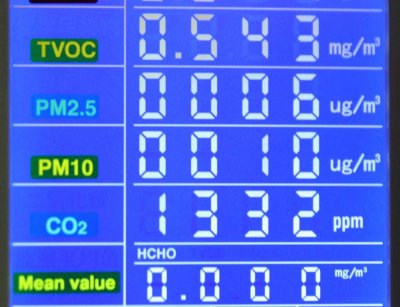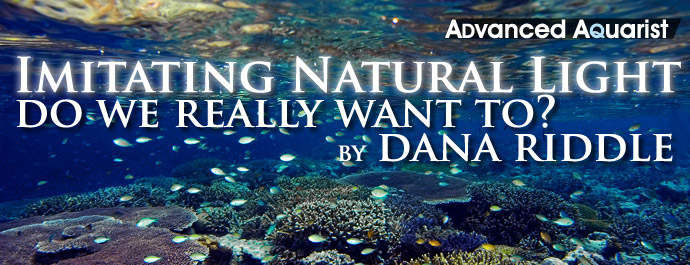Lots to consider here. Are those light intensities the maximum during the photoperiod? Corals have an arsenal to protect them from excessive light, but only to a point. Reflective or fluorescent proteins can shunt light energy away from photosynthesis. So can xanthophylls and carotenes. With SPS (or any branching/folding coral) self-shading can help to prevent bleaching. I made some observations while in Hawaii of shallow tide pool corals and found areas exposed to 'full-strength' sunlight were bleached (even though they still had a brownish coloration) while shaded areas had high zoox populations. My point is that the human eye is apparently poor at distinguishing bleaching unless it is total. As for stunting growth without bleaching, yes, I think that is possible when light intensity exceeds the photosaturation point but does not rise to chronic photoinhibition.
Yes they are. Full intensity runs from 12:30PM to 8:30PM. See below videos. I just took some PAR measurements. Do you think these are accurate?
Afterwards I made adjustments and now PAR is around 800 at tops and 300 near the sand.
Last edited:



















